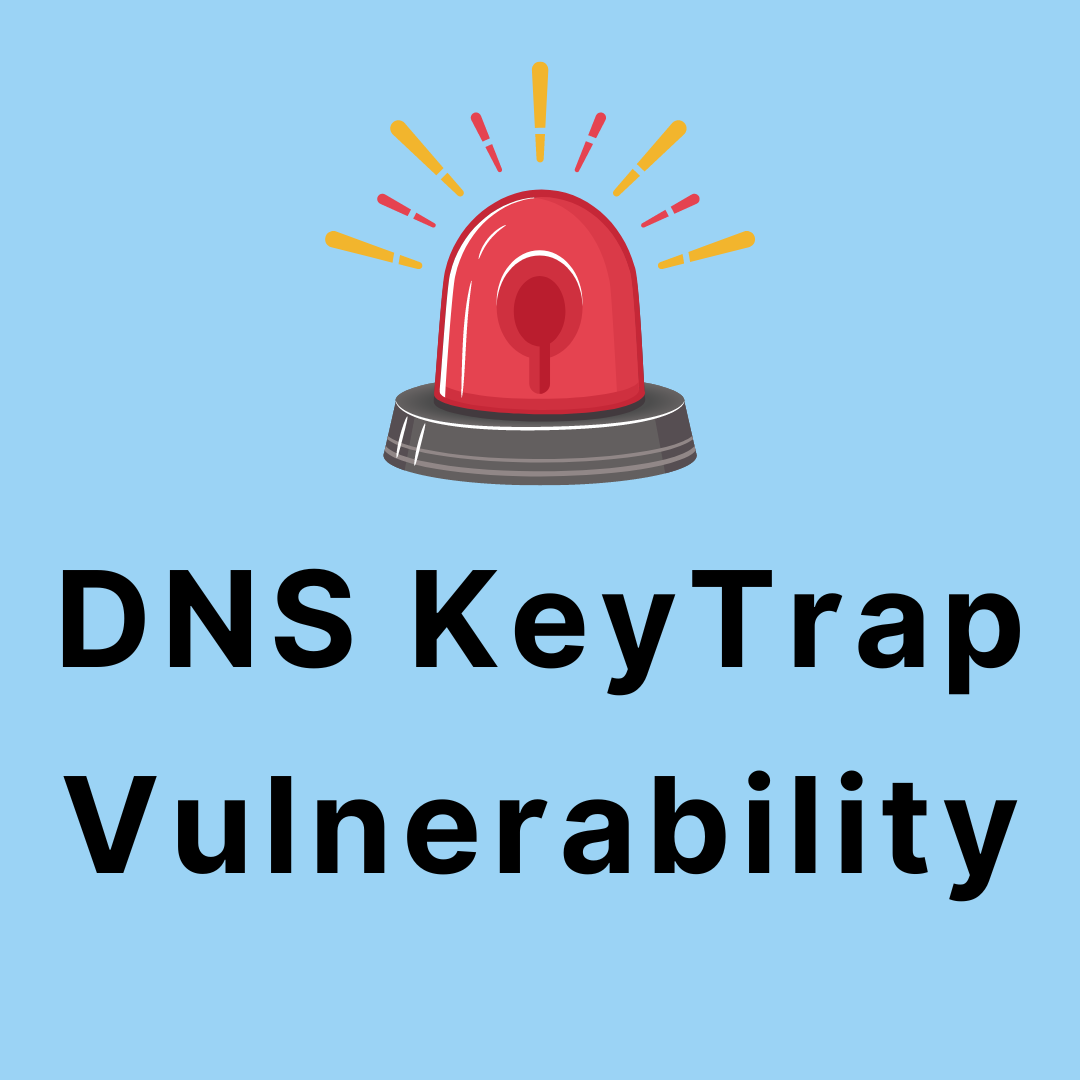Swapneel Patnekar
-

DNS KeyTrap vulnerability
—
by
DNS KeyTrap vulnerability is a critical flaw in the design of DNSSEC (DNS Security Extensions). A single DNS packet can exhaust the CPU, causing a Denial of Service in a DNSSEC validating recursive resolver. Security researchers at the German National Research Center for Applied Cybersecurity ATHENE uncovered the critical flaw, which has been assigned and listed as CVE-2023-50387 and CVE-2023-50868…
-

What is a DNS Firewall?
—
by
A DNS firewall also known as Protective DNS is an enterprise network security solution. It filters and manages DNS queries and responses. It protects organizations from cyber threats. These threats include phishing, malware, cryptojacking, domain generation algorithms(DGA), command and control (C2) domain names. It determines which domain names users can access based on set rules…
-

Having Teen Patti fun? Beware of malware apps!
—
by
Having Teen Patti fun? Beware of malware apps! Shreshta Threat Intelligence team have detected many websites providing Teen Patti game downloads infected with malware. About Teen Patti Teen Patti is a gambling card game. Teen Patti originated in India and is popular throughout South Asia. It evolved from the English game of three-card brag, with…
-

What are Newly Registered Domain Names?
—
by
On any given day, thousands of domain names are registered on a daily basis on the Internet. Newly Registered domain names (NRD) are used by enterprises and individuals for legitimate purposes and by threat actors for malicious purposes. What are newly registered domain names? By definition, a newly registered domain name(NRD) is one which has…
-

Fake Google Play Store
—
by
Executive Summary While malicious and fake apps in the Google Play Store is common, Shreshta Threat Intelligence team has detected multiple fake Google Play Store websites which impersonate the Google Play Store. This gives an impression to the user, that they are visiting the Google Play Store. If the user clicks on the Install button,…




